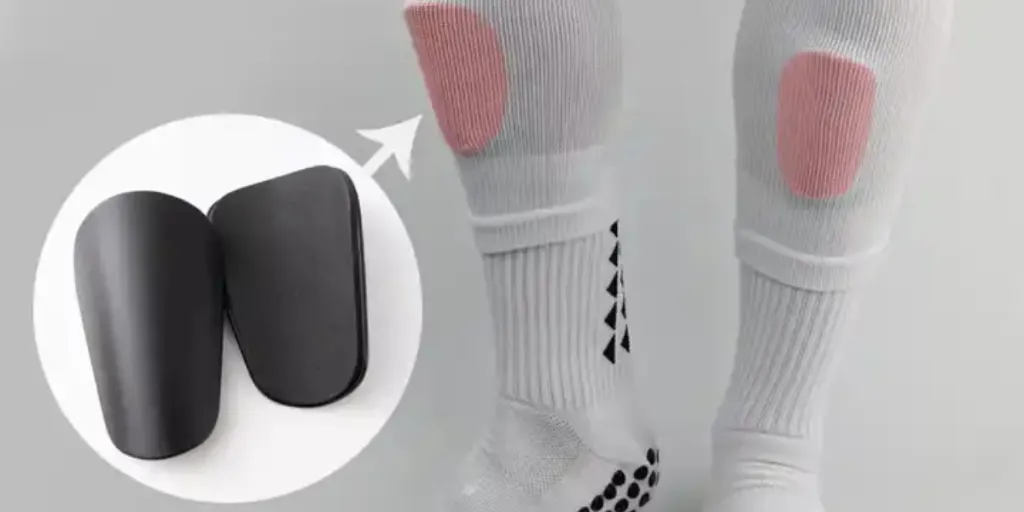For soccer players, being protected from injuries on the field is essential, and this is where shin guards come to the rescue. These critical add-ons are worn on the shins and protect game enthusiasts from kicks, impacts, and collisions, especially during some of the most intense points of the game. Beyond their fundamental role in injury prevention, soccer shin guards also give players more confidence to tackle situations fearlessly.
With many alternatives in the market, this guide delves into the key factors retailers should consider to ensure they source the most appropriate soccer shin guards on the market.
Table of Contents
Market share of soccer shin guards
Types of soccer shin guards
Factors to consider when buying soccer shin guards
Final thoughts
Market share of soccer shin guards
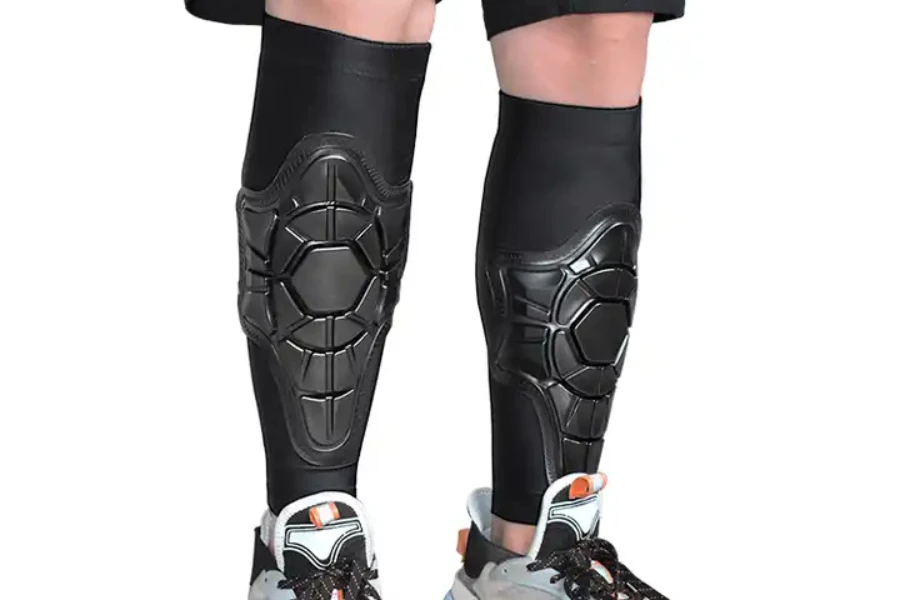
According to Business Research Insights, the market for shin guards has witnessed superb growth, reflecting the ever-increasing demand for player safety and overall performance enhancement. The global football shin guards market is expected to escalate from USD 232 million in 2021 to a projected USD 381.47 million in 2031 at a compelling compound annual growth rate (CAGR) of 5.09%.
The excessive call for soccer shin guards is propelled with the aid of elements such as the rising reputation of soccer internationally, multiplied recognition of participant safety, and the continuous pursuit of modern technology and materials for more advantageous safety.
Regions witnessing the very best demand consist of football powerhouses like Europe, South America, Africa, and Asia, where the fervor for the game is deeply ingrained.
Types of soccer shin guards
1. Slip-in shin guards
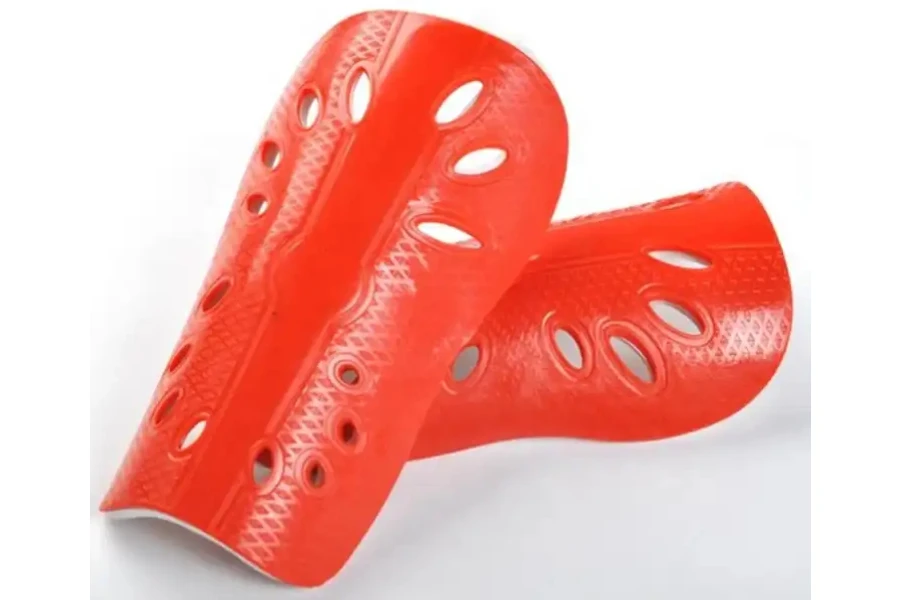
Slip-in shin guards are characterized by their simplicity. These guards typically include a tough shielding shell and foam padding. Users can effortlessly slide them into their football socks, positioning them just over the shin. The main advantage of slip-in shin guards is their lightweight layout, permitting players to enjoy minimum interference with their motion. Slip-in shin guards provide dependable protection to the shinbone, mitigating the effect of kicks and collisions.
2. Ankle shin guards
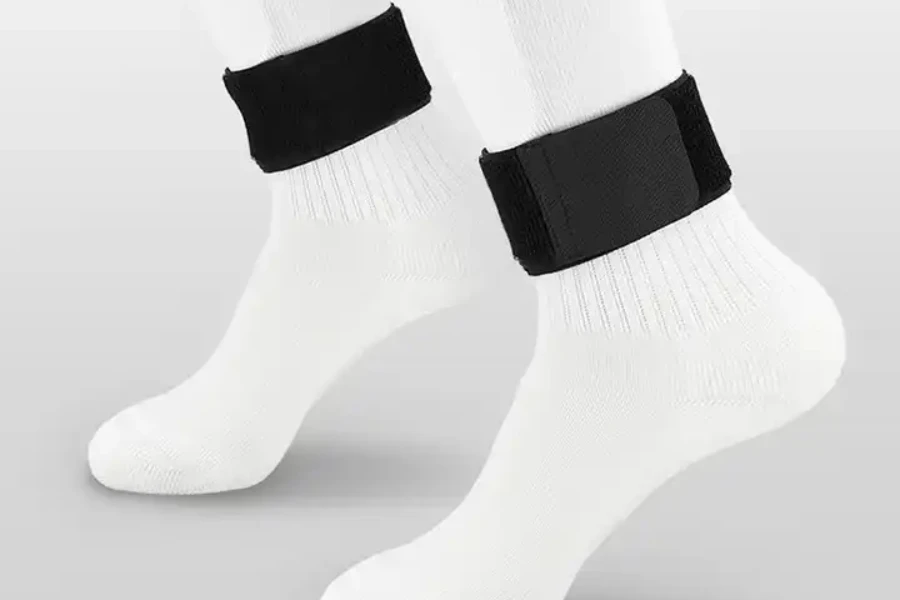
Ankle shin guards are designed to offer prolonged safety by incorporating an additional guard for the ankle location. In addition to masking the shin, they have an ankle guard that extends closer to the top of the foot. This layout gives comprehensive safety against both direct influences on the shin and potential ankle accidents.
Ankle shin guards have a stable strapping system, ensuring a secure and customized fit. The main advantage of this shin guard lies in the added ankle safety, making them suitable for gamers seeking support and greater coverage.
3. Sock shin guards
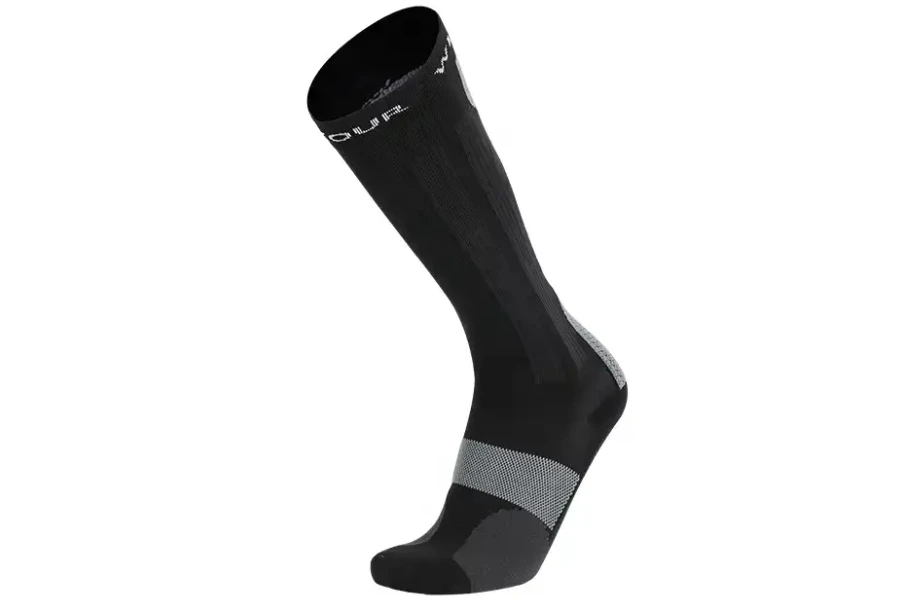
Sock shin guards integrate the protecting elements into a soccer sock, combining comfort and functionality. These guards feature an integrated protecting shell and foam padding, seamlessly mixing with the sock fabric. Sock shin guards are easy to slip on, eliminating the want for added strapping or changes.
They are preferred by individuals who prioritize a minimalist layout without compromising protection. The snug shape of sock shin guards guarantees they stay in place during game time, providing dependable coverage for the shins.
Factors to consider when buying soccer shin guards
1. Size and fit
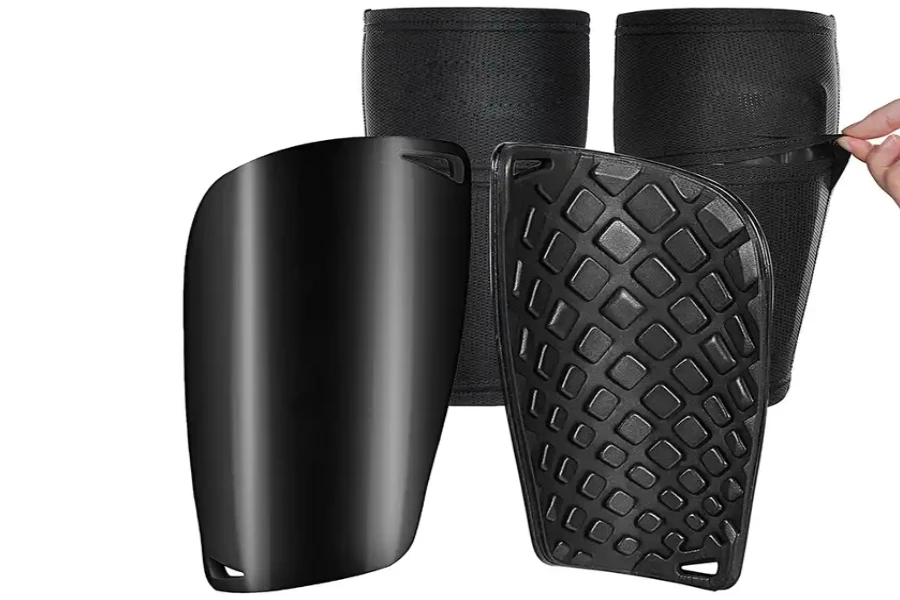
Shin guards come in numerous sizes, normally categorized by age groups or the height of players. Consult length charts provided by the manufacturer to determine an appropriate length for a steady and snug fit. Ill-fitting shin guards compromise the safety of players and can also lead to discomfort, restricting performance. To discover an appropriate size, measure the length from the middle of the kneecap to the top of the foot and pick the corresponding size range.
2. Price
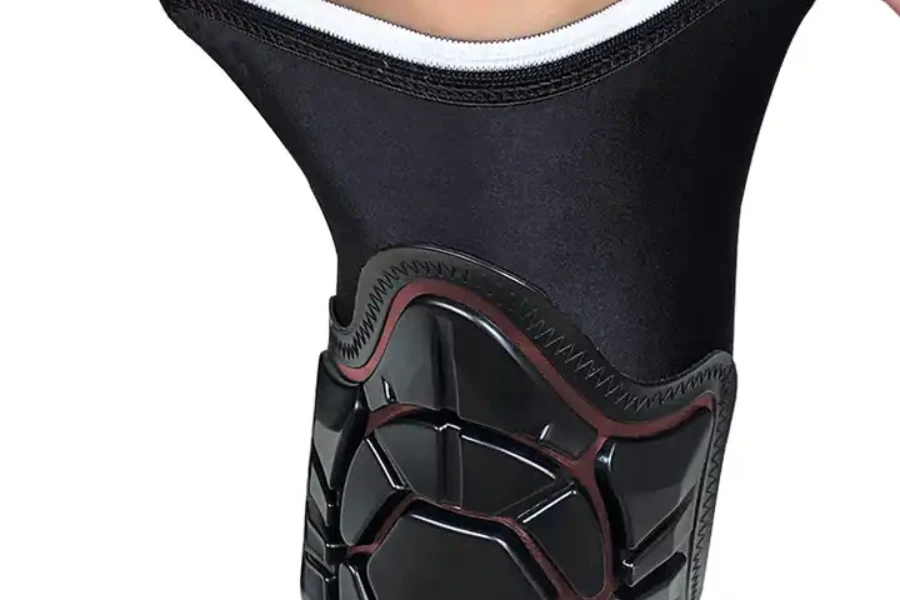
The cost of soccer shin guards can vary based on brand recognition, materials used, and extra features. Entry-level shin guards cost around USD 10 to USD 20, imparting simple safety suitable for casual gamers. Mid-variety alternatives, ranging from USD 20 to USD 50, frequently incorporate superior materials for protection and luxury.
Premium options, priced above USD 50, encompass cutting-edge technologies, lightweight materials, and innovative designs. Investing in exceptional shin guards contributes to both protection and durability.
3. Material
The material composition of soccer shin guards is pivotal in figuring out their protective capabilities, comfort, and sturdiness. Common materials include polyurethane (PU), fiberglass, foam padding, and diverse artificial blends. PU and fiberglass are often used for their protective shell, providing a robust barrier against impacts. The inner padding may have foam materials like EVA (ethylene-vinyl acetate) for cushioning.
Consider the weight of the shin guards, as lighter materials contribute to agility while robust substances ensure durability. Ventilation features like perforations or mesh panels can enhance breathability at extended play intervals.
4. Comfort

The comfort level of soccer shin guards is vital for optimal performance. Shin guards with adequate padding and ergonomic designs that contour to the form of the shinbone are the best. Soft and moisture-wicking materials in the internal lining prevent any discomfort from sweat buildup during extreme games.
Some models include anti-slip features or additional cushioning around the ankle for stronger consolation. Check the weight distribution of the guards to ensure they do not impede movement.
5. Level of protection
The degree of safety presented by soccer shin guards varies based on design and materials. Assess the protecting shell’s thickness and coverage, ensuring it thoroughly shields the whole shinbone. Consider additional features like ankle guards or extended coverage for complete protection.
Players in extra physical positions opt for guards with reinforced padding or advanced impact-absorbing technology. Understanding the specific needs based on the style of play, position, and preferences helps choose shin guards that offer the desired degree of protection without sacrificing agility or comfort.
6. Closure
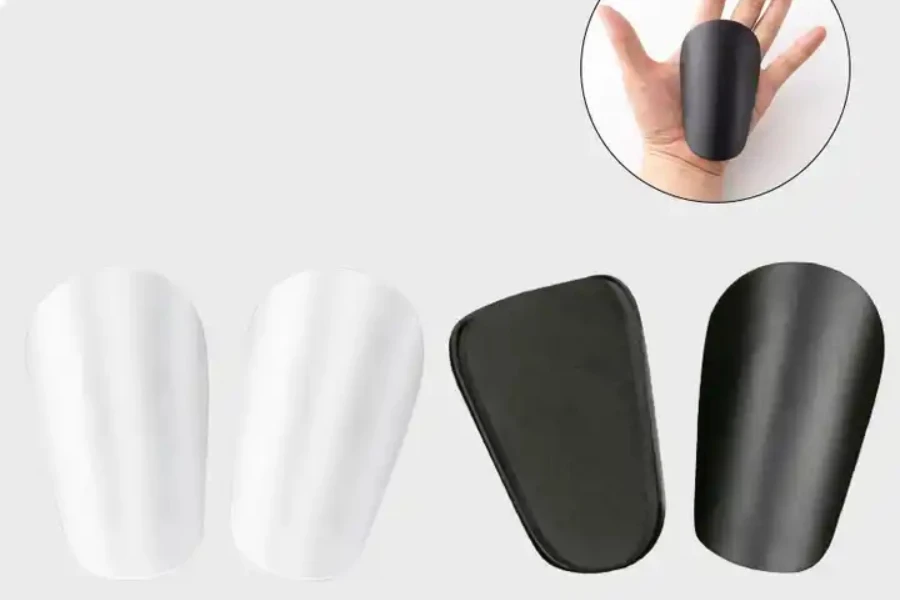
The closure mechanism of soccer shin guards contributes to their balance and guarantees a secure fit. Common closure types encompass straps, sleeves, or a combination. Straps can be adjusted for a personalized suit and are frequently secured with hook-and-loop fasteners. Sleeve-style shin guards, incorporated into compression sleeves or soccer socks, offer a slip-on layout without extra strapping.
Strapped shin guards allow more customization, whilst sleeve-fashion guards provide a streamlined look and comfort. Consider the reliability of the closure system to prevent the guards from moving during extreme gameplay.
Final thoughts
The hunt for suitable football shin guards includes thoughtful attention to multiple elements to ensure safety, comfort, and performance on the field. Prioritizing aspects including size and fit, cost, material, comfort, degree of safety, and closure type, helps to ensure a better purchasing decision. If you are searching for a comprehensive range of soccer shin guards with varying capabilities and price points, Alibaba.com is a great place to start exploring what the market has to offer.
